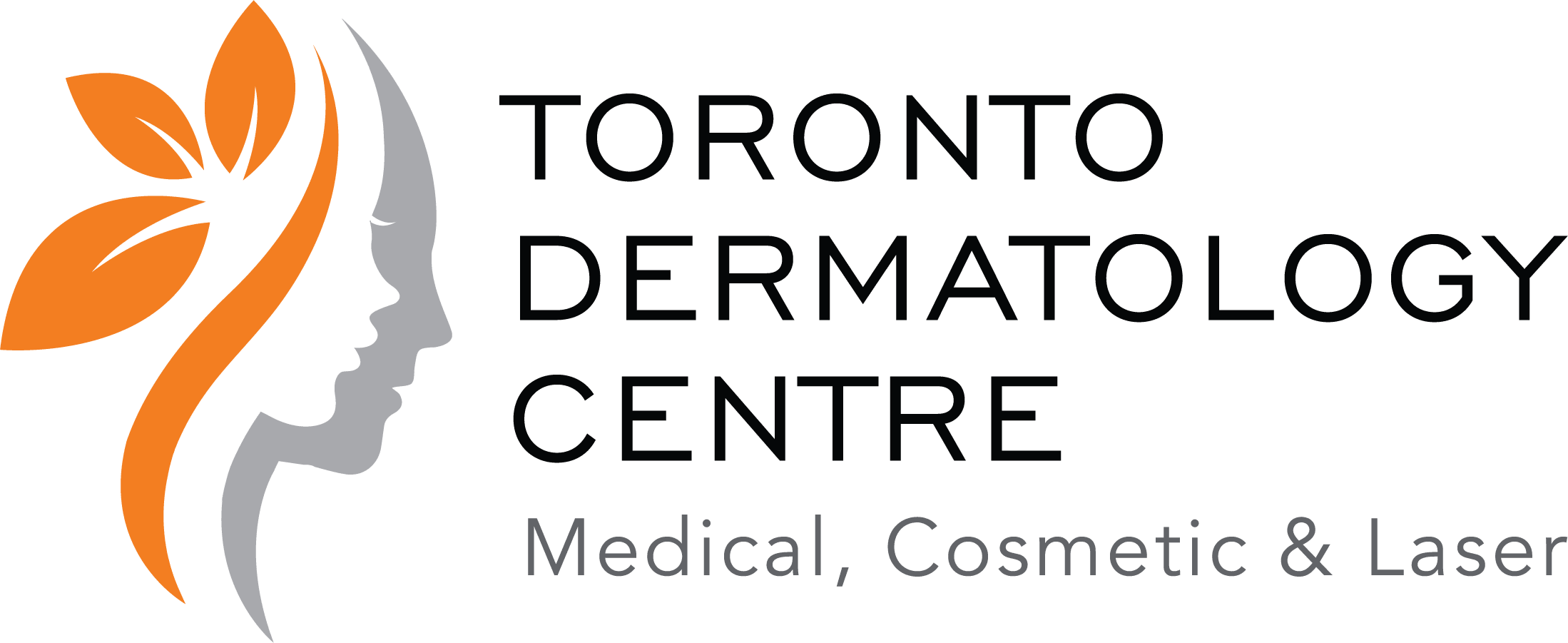Hyperhidrosis is sweating in excess of that needed for normal thermoregulation (temperature control). The most commonly affected areas are the axillae (armpits), palms and soles, although any body site can be involved. In most cases, the condition is idiopathic (cause unknown), although rarely it may be secondary to underlying disease (e.g. cancer), metabolic conditions, neurologic conditions, febrile illness, or medications (e.g. propranolol, fluoxetine, doxepin, venlafaxine).
Three forms of hyperhidrosis have been described: emotionally induced (affecting palms, soles, and axillae), localized, or generalized. Although seemingly benign, hyperhidrosis is often significantly embarrassing and alters sociobehavioural patterns. In its localized form, hyperhidrosis may result from a disruption followed by abnormal regeneration of sympathetic nerves or a localized abnormality in the number or distribution of the eccrine glands, or it may be associated with other (usually vascular) abnormalities.
Focal hyperhidrosis affects approximately 2-3% of the population with gender equality. Focal or localized hyperhidrosis often begins in childhood or adolescence, whereas generalized hyperhidrosis is more common in adulthood. On examination, visible signs of hyperhidrosis are evident – wet, sweaty or dripping, glistening skin. Occasionally, to verify the extent of affected areas (e.g. for treatment planning), the iodine starch test can be performed – the affected area is covered with iodine solution, followed by a sprinkling of corn starch; areas that produce sweat turn black.
Focal or localized hyperhidrosis may be emotionally induced and usually affects the palms, soles, and/or axillae. Unlike sweating on the remainder of the body, palmoplantar sweating is responsive to emotional stimuli, and thus does not occur during sleep. Generalized hyperhidrosis warrants a search for primary causes and laboratory studies such as: thyroid function tests, blood glucose levels (diabetes, hypoglycemia), urinary catecholamines (pheochromocytoma), uric acid levels (gout), and if warranted (e.g. born in endemic area), a purified protein derivative (PPD) test (tuberculosis). A chest X-ray can be ordered to rule out tuberculosis or a neoplastic cause.
Various topical and systemic agents, botulinum toxin injections, iontophoresis, and surgery have been employed for hyperhidrosis. Various topical agents have been used over the years, although the most common are topical anticholinergics and aluminum chloride. Hydrosal® or Drysol® (or Drysol mild®) are usually the most effective topical agents to start with. They are applied nightly to dry skin until a good response is noted, whereupon it can be reduced in frequency to a lowest-application frequency needed to control the condition (e.g. 2-3 times per week). Irritation can be minimized by washing off the treated area in the morning. If the skin is too sensitive or easily irritated by the product, or the response is not sufficient, then other treatments need to be explored with your dermatologist.
Various systemic agents have been tried, with glycopyrrolate (e.g. Robinul®; 1-2mg po up to tid) and oxybutynin (Ditropan® 25-50mg/day) most commonly used.The lowest effective dose should be used to minimize such adverse effects as: blurry vision, dry mouth and eyes, urinary retention, and constipation.
Iontophoresis consists of passing a direct current across the skin, and is most commonly used for the palms and soles. Its mechanism of action is uncertain. Machines can be purchased direct from the company (e.g. Fisher Drionic Unit). Treatment is performed daily (20-30 minutes) and once effective control is achieved, a lowest-frequency use to maintain condition remission is employed (e.g. 2-3 times per week).
Botulinum toxin (e.g. Botox ®) injections have revolutionized the management of hyperhidrosis. They are effective (and very safe) because they block communication between nerves and sweat glands. There is some discomfort with injection, although there are ways to reduce the discomfort and the treatment only takes 15 minutes. The result is dramatically reduced sweating that typically lasts 6-12 months. The response rate is >90% with excellent patient satisfaction. Transient muscle weakness is reported occasionally (if the palms are injected). Injections can be repeated once hyperhidrosis returns to a bothersome degree.
Other treatments include surgical sympathectomy, surgical excision of the affected areas (for axillary hyperhidrosis), and subcutaneous liposuction (for axillary hyperhidrosis). Each modality has been used effectively. Endoscopic thoracic sympathectomy destroys sympathetic ganglia (T1 for facial hyperhidrosis; T2&3 for palmar hyperhidrosis; T4 for axillary hyperhidrosis) by excision, clamping, or ablation by cautery or laser. The main limitation of this fairly effective procedure is the compensatory hyperhidrosis (>70%), which varies from mold to severe, and often affect the trunk and lower limbs. Other uncommon but serious side effects are also possible and should be discussed with the surgeon. While surgical options do have high efficacy rates, they should be reserved for those failing medical therapy. Since botulinum toxins (e.g. Botox ®) have come to market, the role for surgery and all its potential risks has dramatically declined.
Hyperhidrosis is a common, under-treated condition with significant psychosocial distress for which many very good therapies are now available. Contact us at: 416-633-0001 ext. 3 or by email: [email protected] to get more information on treating your excessive sweating/hyperhidrosis in Toronto.
